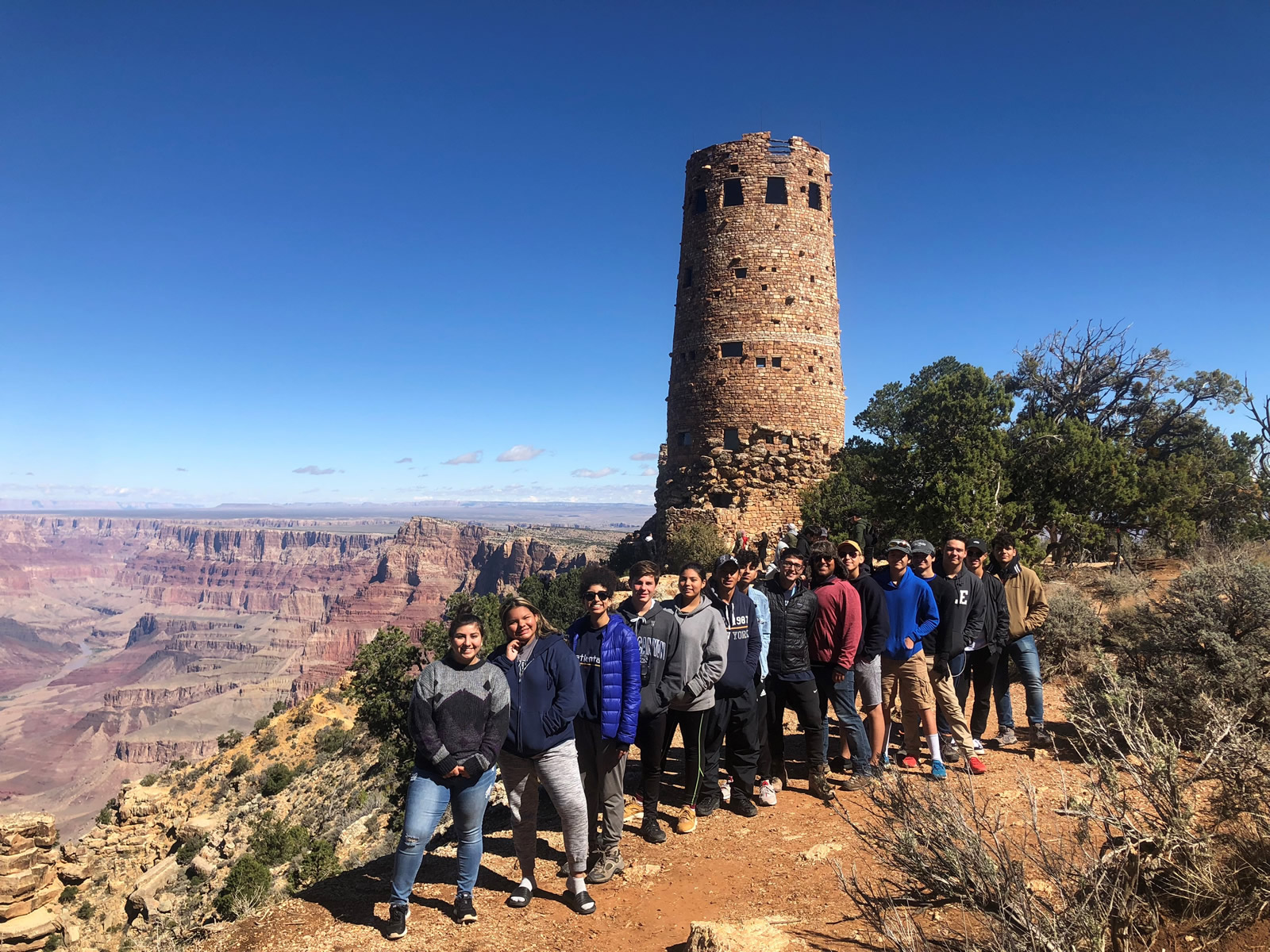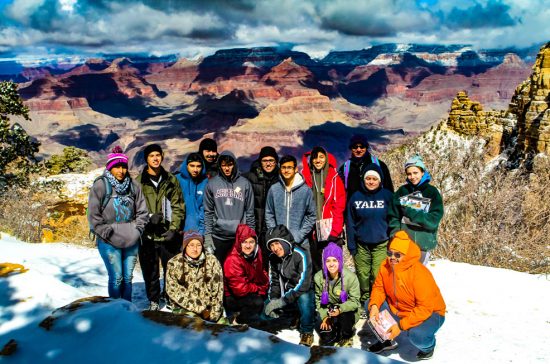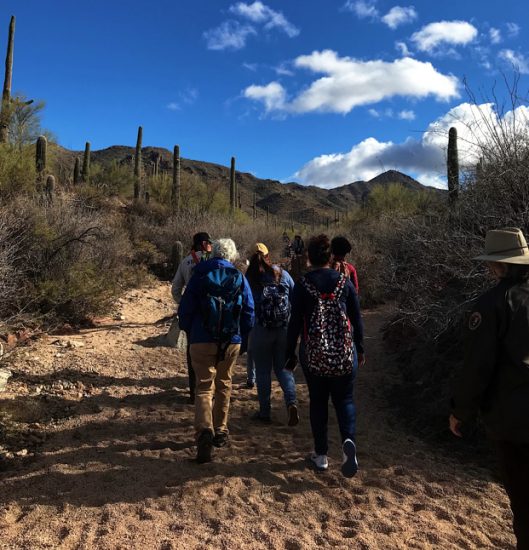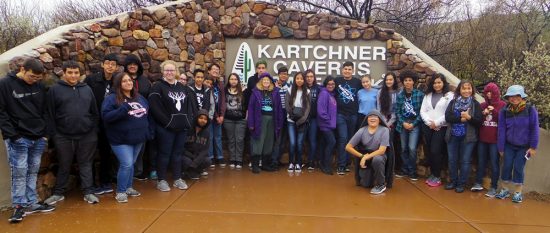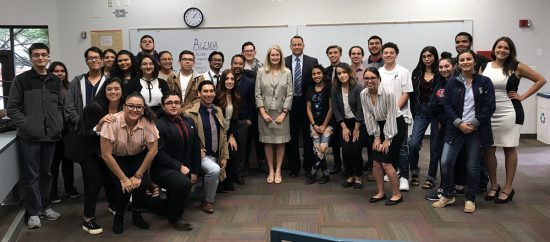by Jacquelyn Gutierrez
On Tuesday, Jan. 14, nearly 300 Pueblo High School students crammed into six buses and traveled to downtown Tucson’s magnificently renovated Fox Theater to view the premiere of Bill, a play-turned-movie recalling the much celebrated life of Mr. Bill De La Rosa, a class of 2012 graduate, whose academic and young career accolades rival some of the most successful people in the United States.
For many Pueblo students, this trip was more than a 10-minute bus ride to downtown Tucson; it was an opportunity to be inspired by their fellow Warrior.
Sophomore Xavier Carassco said, “I really like how the movie portrayed Bill as not being happy with the way he was living and how he changed his life to make it amazing. He added, “Bill shows that there are no excuses.”
De La Rosa was present at the Fox Theatre– as this was his first peak at the film. He gladly greeted many students from several schools at this event. Also, TUSD School Board members and prominent local leaders were eager to support the success of De La Rosa.
The Lapan Foundation leaders were present as well and spoke about how their organization helps students become engaged in their education. When De La Rosa was a sophomore, he became a mentor to middle school students and helped guide them to successful paths in high school—leading to collegiate successes.
All of the children who acted in Bill are members of the Lapan Foundation. They are part of the group’s Theater Club, and for the past year or so, they have been preparing this film.
Senior Danielle Rojas was one of those Lapan Foundation members that played a small role in the film.
“It was really cool to be a part of the movie, Bill,” said Rojas, “and re-enacting these parts of Bill’s life helped me become more understanding of the circumstances of those around me and to become more accepting.”
This trip would not have been possible without three weeks of careful and meticulous planning from Pueblo counselor Dr. Teresa Toro, who also recalls De La Rosa in his early high school years at Pueblo. In the movie, there is a brief scene depicting De La Rosa speaking with a counselor.
“Bill is definitely a role model for the Latino community,” Toro said. “This movie was more than just a movie about Bill De La Rosa—it’s a story about resiliency and beating the odds.”


